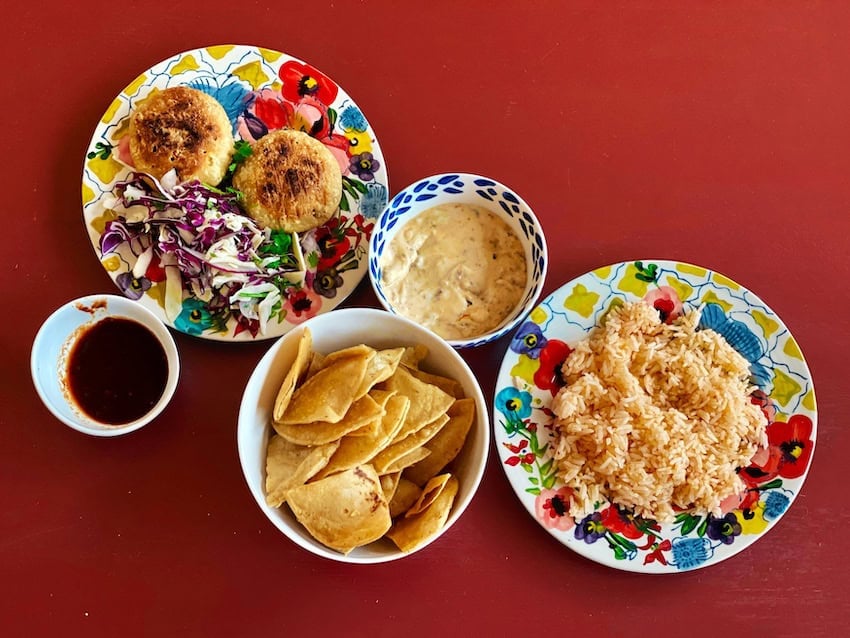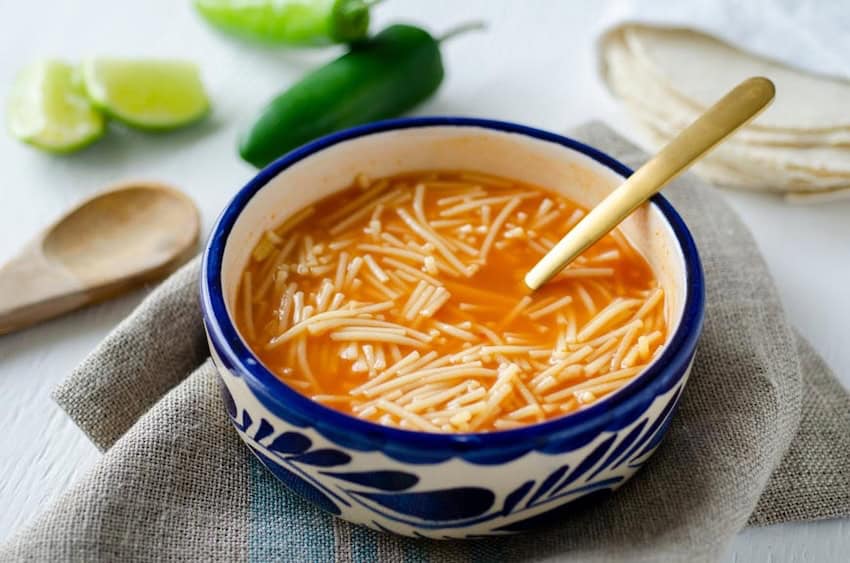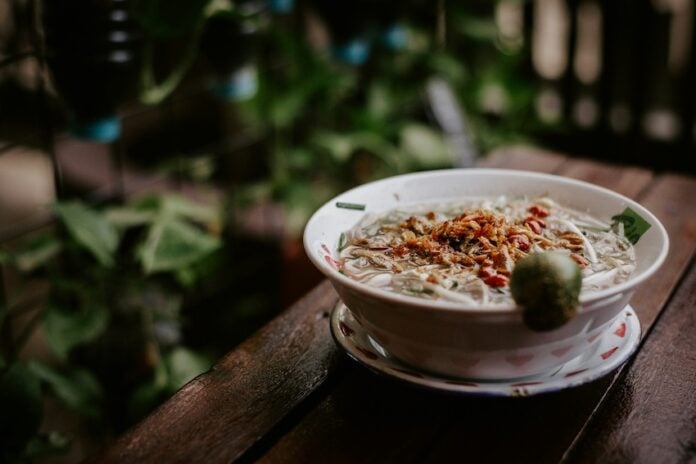As I pursue a Master’s in Modern and Contemporary Art, it’s impossible not to see every work of culture — be it a canvas or a cuisine — through the lenses of history, politics, and society. Food, like art, is never accidental; it’s a rich tapestry woven with meaning, tradition, and identity. When we examine our customs — why we eat what we do, how we do it — we begin to understand that culinary practices are more than mere habits.
I must confess, having grown up in Mexico, I am thoroughly accustomed to the rhythm and richness of our meals. Yet, every time I travel abroad, especially to places like the United States or Canada, I experience a subtle cultural jolt — an inner sense that our lunches, with their deliberate courses, are not just about sustenance but about ceremony. To my palate, a three-course meal is a dance, starting with a light soup or a mound of rice, progressing to a main, and concluding with a sweet revelation. Anything less feels like a hurried, incomplete affair.
And so, a pattern emerges: Our meals are abundant — an unapologetic celebration of life — and if they last less than two hours, we’ve likely eaten in haste. But the weekends, with their lingering sobremesa — a space where conversation and snacks intertwine — remind us that food is an act of leisure as much as nourishment.
Today, I want to dig into the first act of this culinary performance: Why do we open our meals with rice or soup, dishes that are often so hearty they could stand alone?
Blame it on the Spanish
Specifically, blame it on the rich Spanish who were used to having a three-course meal because their main courses used to be deliberately heavy on carbs and proteins, with just a hint of vegetables. Naturally, to prepare for those indulgent mountains, the Spaniards typically begin with something lighter. Historically, soups in pre-Hispanic Mexico played a similar role: vegetable concoctions, often with tiny fish or even insects, warming the stomach softly before a heavy meal.
Recent scientific insights echo this tradition. Starting a meal with a vegetable soup — like Mexico’s beloved “milpa” soup — can actually aid digestion. It’s a ritualization of health, a gentle wake-up call for the stomach.
As 19th-century Mexico began to industrialize, the three-course structure became widespread, transcending class divides. It became part of our culinary DNA: open with rice or soup, dive into the main, and finish with something sweet.

Arroz. Ah, one of China’s grandest gifts to the world, adopted wholeheartedly by Mexico. We treasure rice as fiercely as we exalt our corn. Thanks to the Spaniards — whose ships brought it in the 16th century — rice has embedded itself into our culinary soul. Based on recent data from INEGI (2020), Mexicans consume roughly 30 to 35 kilograms of rice annually — more than beans.
Each family’s touch varies: some boast rice with sour cream, avocado, ketchup, or even banana — creativity knows no bounds. And in many homes, a splash of red rice elevates chicken broth into a hearty, comforting staple.
Soups with short pasta
With the arrival of the Spanish, our soups evolved, adopting forms that resemble what we know today: pozoles, milpa broths, chicken or beef soups, pot moles. But it was the humble short pasta — elbows, vermicelli, letters — that came to define everyday Mexican soup.
Growing up, a bowl of “letter soup” or “ammunition” — which I affectionately called “municipalitas” — was a staple. Pasta soups now account for about 10% of instant processed foods in Mexico, a testament to their enduring comfort.

This Mediterranean influence blended with local ingredients during the viceroyalty, giving rise to soups uniquely ours — lively, fiery, and imbued with history. Though Spaniards also used liver and sweetbreads, which are much rarer today, a hot pasta soup remains the traditional way to “open” our stomachs with warmth and familiarity.
If you’re new to these flavors or simply want to master the basics, here are two foolproof recipes — one for Mexican-style rice and another for a classic pasta soup.
Zero-Fail Pasta Soup
Ingredients:
- 1 tablespoon vegetable oil or lard
- 1 medium onion, finely chopped
- 2 cloves garlic, minced
- 2 medium tomatoes, peeled and chopped (or ½ cup tomato puree)
- 1 liter chicken, beef, or vegetable broth (preferably homemade)
- ½ cup short pasta (elbows, letters, vermicelli)
- Salt and pepper to taste
- Fresh cilantro or parsley for garnish (optional)
Preparation:
- Heat oil in a large pot over medium heat. Sauté onion and garlic until translucent.
- Add tomatoes or puree; cook for 5 minutes.
- Pour in broth and bring to a boil.
- Add pasta, reduce heat, and cook for 8-10 minutes.
- Adjust salt and pepper. Garnish. Serve hot and comforting.
Mexican-Style Rice
Ingredients:
- ½ kg ripe tomatoes, chopped (or a 411g can)
- ⅓ cup chopped white onion
- 2 cloves garlic
- 1 teaspoon salt (or to taste)
- 3 cups chicken or vegetable broth
- 3 tablespoons vegetable oil
- 2 cups white rice
- Optional: parsley, jalapeños, carrots, peas, corn
Preparation:
- Blend tomatoes, onion, garlic, salt, and chiles until smooth.
- Sauté rice in oil until lightly golden.
- Add the tomato mixture; cook 3-4 minutes.
- Pour in broth and vegetables; simmer until rice is soft and liquid absorbed, about 15 minutes. If time has passed, all the liquid is absorbed, and the rice is still undercooked, add ¼ cup of water or broth (no one will know.) Cover again and cook for 2-3 more minutes.
- Rest for 5 minutes before serving, and enjoy a taste of Mexico’s culinary soul.
In the end, much like art, our cuisine is an ongoing dialogue between tradition and innovation. The rituals of starting with rice or soup are acts of cultural preservation, storytelling, and communal identity as much as they are simple sustenance.
So next time you sit down to a meal, remember: your first bite is the opening statement of a much deeper story — one painted in flavors, history, and love.
Maria Meléndez is an influencer with half a degree in journalism
